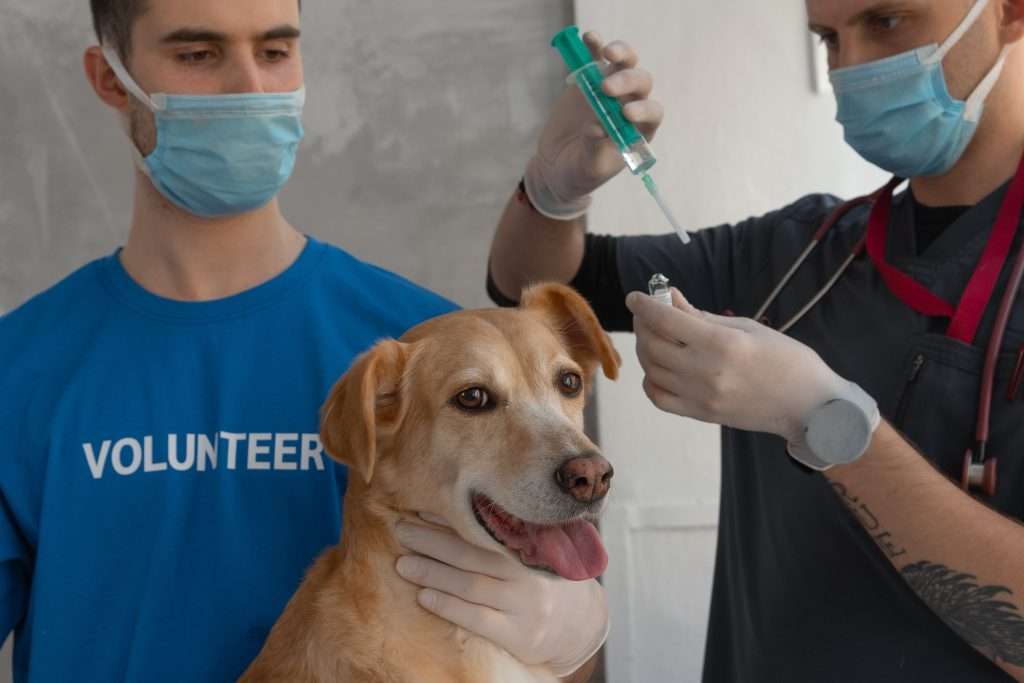The Ultimate Guide to Regular Exercise for Dogs: Benefits and Tips for a Healthy, Happy Pet

Introduction:
A dog’s well-being goes beyond providing food, water, and shelter. Regular exercise plays a crucial role in maintaining your dog’s overall physical and mental health. Ensuring your furry friend gets enough exercise not only helps prevent obesity and other health issues but also contributes to a happier and more balanced pet. In this ultimate guide, we’ll discuss the importance of regular exercise for dogs, explore its numerous benefits, and share practical tips for keeping your canine companion in tip-top shape.

Body:
- Health Benefits of Regular Exercise for Dogs
- Maintaining a healthy weight: Regular exercise helps prevent obesity, reducing the risk of numerous health issues, such as heart disease, diabetes, and joint problems.
- Improved cardiovascular health: Exercise strengthens your dog’s heart and lungs, promoting cardiovascular fitness.
- Enhanced digestive health: Physical activity aids digestion and helps prevent constipation and other gastrointestinal issues.
- Joint and muscle health: Consistent exercise keeps your dog’s joints limber and muscles toned, reducing the risk of injuries and arthritis.
- Mental Benefits of Regular Exercise for Dogs
- Reducing anxiety and stress: Physical activity releases endorphins, which can help alleviate anxiety, stress, and boredom in dogs.
- Building confidence: Regular exercise and exposure to new environments can help shy or fearful dogs gain confidence.
- Encouraging appropriate behavior: A well-exercised dog is less likely to engage in destructive behaviors, such as chewing, digging, or excessive barking.
- Strengthening the human-dog bond: Spending quality time exercising together strengthens the bond between you and your canine companion.
- Types of Exercise and Activities for Dogs
- Walking and jogging: Regular walks or jogs provide cardiovascular exercise and mental stimulation for dogs of all ages and breeds.
- Fetch and interactive games: Playing fetch, frisbee, or tug-of-war provides physical and mental stimulation.
- Dog sports: Activities such as agility, flyball, and dock diving offer exercise and socialization opportunities.
- Canine conditioning and fitness: Incorporate balance exercises, body awareness activities, and strength training to keep your dog in peak condition.
- How Much Exercise Does Your Dog Need?
- Consider your dog’s breed, age, size, and overall health when determining the appropriate amount of exercise.
- Younger dogs, working breeds, and high-energy dogs generally require more exercise than older or smaller dogs.
- Consult your veterinarian for personalized recommendations based on your dog’s specific needs.
- Tips for a Safe and Enjoyable Exercise Routine
- Warm-up and cool-down: Start with a slow walk or gentle play to warm up your dog’s muscles and end with a cool-down period to prevent injuries.
- Avoid exercising during extreme temperatures: Schedule exercise during cooler parts of the day to avoid overheating or frostbite.
- Provide fresh water: Ensure your dog has access to clean water before, during, and after exercise.
- Monitor your dog’s response to exercise: Keep an eye on your dog’s energy levels, breathing, and overall demeanor, adjusting the exercise routine as needed.
Summary:

Regular exercise is essential for your dog’s overall health and well-being. Incorporating various forms of physical activity into your dog’s routine can help prevent health issues, reduce anxiety and stress, and strengthen the bond between you and your furry friend. Remember to consult your veterinarian for personalized exercise recommendations and monitor your dog’s response to activity to ensure the safety and well-being of your dog.








